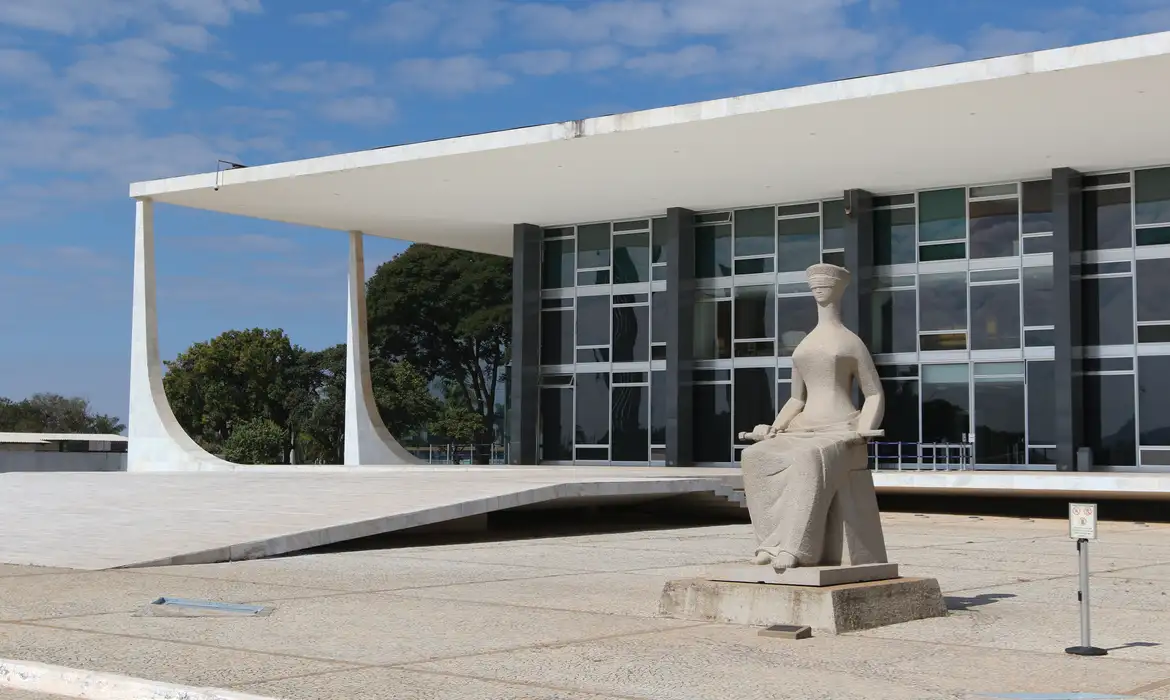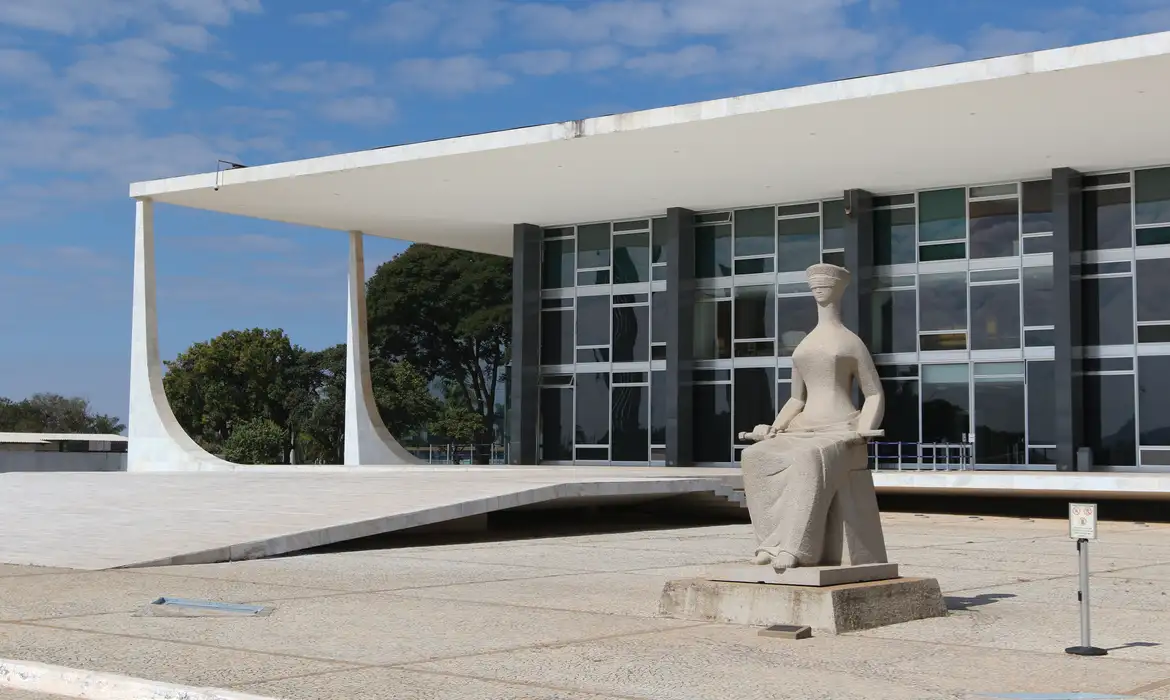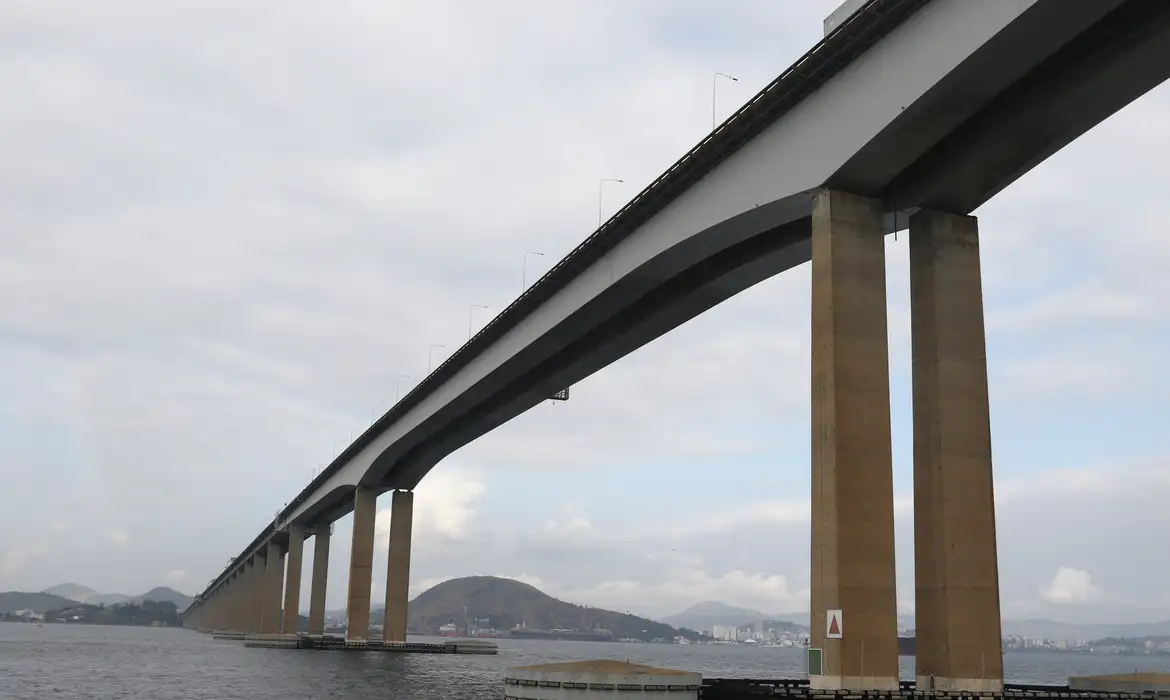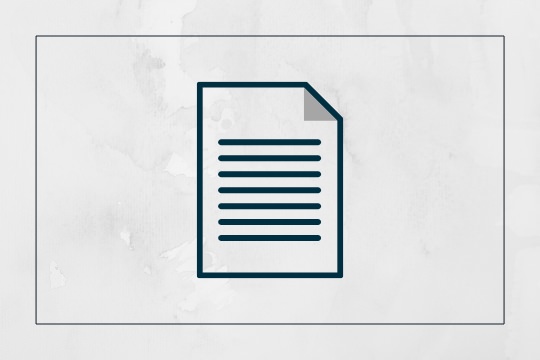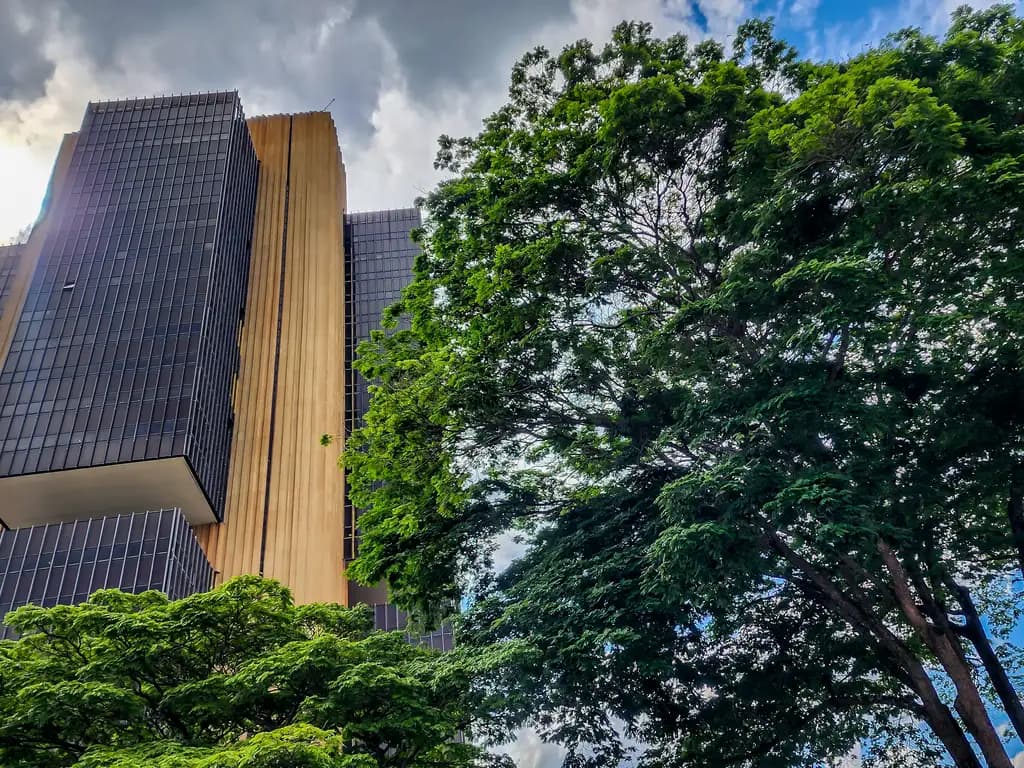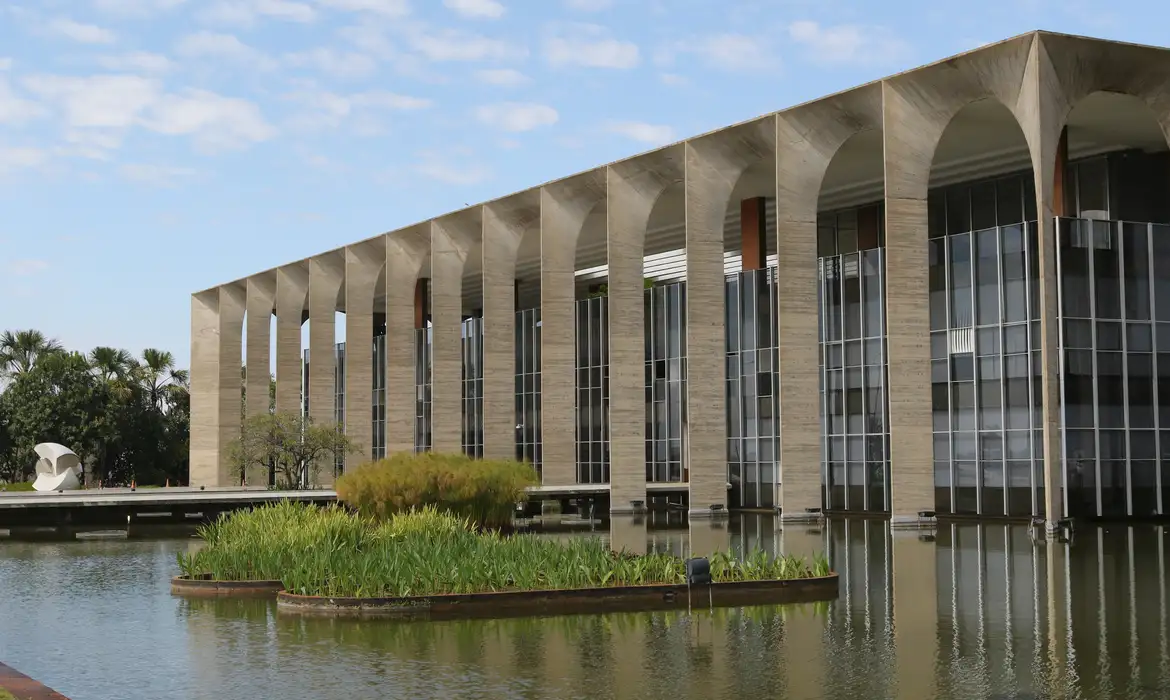 Environmental litigation in Brazil is usually complex, lengthy and costly. Transgressors may be held liable under three cumulative regimes: civil, criminal and administrative. Civil liability is strict, joint and several among defendants, comprises no limits as to remediation amounts and is not subject to statutes of limitations. Entities subject to remediation obligations may have their corporate veils pierced if they lack resources for such purpose. Criminal and administrative penalties can be substantial as well.
Environmental litigation in Brazil is usually complex, lengthy and costly. Transgressors may be held liable under three cumulative regimes: civil, criminal and administrative. Civil liability is strict, joint and several among defendants, comprises no limits as to remediation amounts and is not subject to statutes of limitations. Entities subject to remediation obligations may have their corporate veils pierced if they lack resources for such purpose. Criminal and administrative penalties can be substantial as well.
To avoid lengthy and costly litigation in respect of environmental liabilities under the three regimes, parties can settle out of court in order to ensure environmental remediation and bring a more expeditious resolution to the matter. This is a desirable outcome for public authorities and transgressors alike. However, in Brazil, a person acknowledging breach of environmental law and seeking to resolve the issue via settlement will likely encounter multiple procedural, bureaucratic and negotiation shortcomings, which have historically critically affected the effectiveness of such endeavors and their potential advantages.
A substantial procedural obstacle for any such resolution is the need to coordinate multiple administrative authorities at federal, state and local levels that have to take part in out-of-court settlements to the extent the applicable environmental damage affects their respective fields of surveillance. This will almost invariably require involvement of several authorities from different government levels with overlapping jurisdictions. Due to the vested authority of the Federal and State Public Prosecutors’ Offices to handle public civil liability claims for environmental matters, such bodies also need to be involved in the applicable arrangements. Hence, environmental transgressors seeking settlements face multiple battlefields. Reaching an agreement with only some of the required players will not ensure a definite resolution of the matter, which usually renders such endeavors almost Kafkaesque.
From a policy perspective, potential advantages of such settlements would be better exploited were there more effective mechanisms and procedures set forth for this purpose. These could include concentrating the authority for entering into settlements on fewer public bodies and creating clear procedural mechanisms for the involvement of and inputs by each such player in respect of such arrangements.
Two precedents demonstrate the difficulties in obtaining definite resolution of environmental liabilities by means of out-of-court settlements. One stems from the rupture of a tailings dam in the State of Minas Gerais in 2015. The responsible enterprise immediately acknowledged breaching environmental law and entered into preliminary settlements with the Federal and State Public Prosecutors’ Offices. The enterprise entered into an additional settlement with fourteen authorities of the Brazilian Federal Government and the States of Minas Gerais and Espírito Santo. However, as the Public Prosecutors’ Offices opposed this latter settlement , the Public Civil Action that was filed in respect of this environmental matter is still ongoing, contemplating indemnification for individual and collective damages, regardless of multiple previous valid settlements.
The second precedent concerns geological and environmental damage caused by mining activities of a thermoplastic resins manufacturer that affected approximately 15,000 real estate properties in the State of Alagoas in 2018, giving rise to administrative environmental penalties and two Public Civil Actions. A first settlement, in respect of the Public Civil Action for damages to the real estate owners, was entered into in January 2020 with Federal and State authorities and the Federal and State Public Prosecutors’ Offices, and was amended twice due to subsequent reviews of the impacted areas and applicable indemnifications. A separate settlement was entered into in respect of environmental damages with the applicable Public Prosecutors’ Offices, and only did not involve a plethora of other authorities because the company ceased its mining activities in the region in 2019 and separately dealt with applicable penalties. Regardless of the two settlements, the matter is still pending definite conclusion, as the National Mining Agency (Agência Nacional de Mineração) currently requests other measures related to well decommissioning which are not yet clearly defined.
It is not only in Brazil that settling environmental matters is a complex undertaking. However, elsewhere, prerogatives in respect of such settlements are more concentrated, so issues with multiple and overlapping jurisdictions for such arrangements to occur pose less of a problem, making settlements a more viable mechanism for effective closure of underlying environmental liabilities and impacts. In the United States, the Environmental Protection Agency (EPA) plays an important role as a centralizing entity for administrative environmental surveillance. In 2020, the EPA entered into more than thirty settlements with private and public parties, most of them also involving the Department of Justice. Settlements resolved alleged violations, established corrective measures and in many cases encompassed payment of penalties – providing involved players greater legal certainty in comparison with the Brazilian scenario. In the European Union, under Directive 2004/35/CE of the European Commission, a similar role is exercised by one or more environmental authorities of each Member State. These provisions tend to concentrate jurisdictions and streamline the negotiation of environmental settlements, granting more predictability and certainty of closure to proceedings related thereto.
Brazil could follow such examples, concentrating jurisdictions, excluding overlapping authorities, setting forth clear-cut procedures in respect of the participation of each player in the finalization of any given settlement and ensuring that settlements cover all possible claims that may be brought against the applicable transgressor. This would grant the process greater legal certainty and expedite the resolution of the issue, including the payment of indemnifications and remediations.
Unfortunately, putting into effect more effective mechanisms to grant environmental liabilities and their underlying impacts closure via settlements is currently out of the Federal Administration’s agenda. While this scenario remains, in case an environmental matter occurs, a multidisciplinary strategy combining interplay with all public authorities involved may be decisive to reaching a definite solution to the matter.
Imagem: Justus Menke/Pexels

















